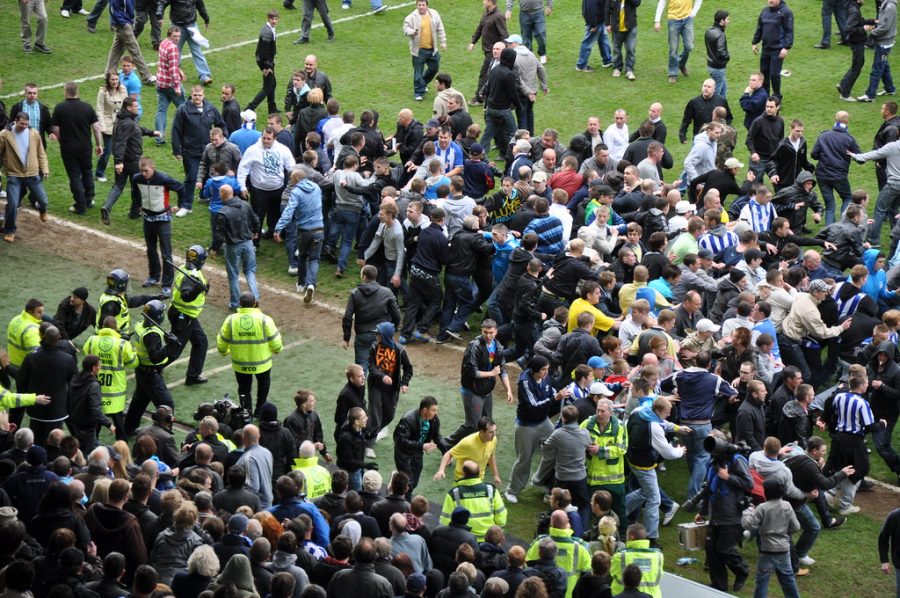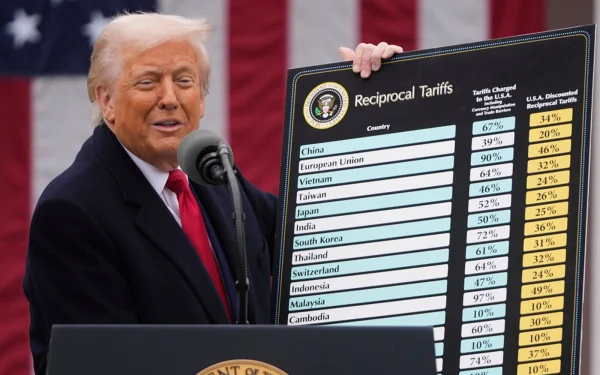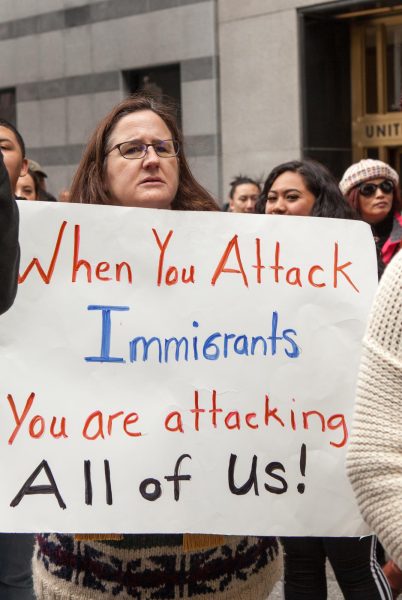Indonesian Soccer Stampede
Soccer matches are usually seen as fun, hype, and enjoyable. For some, it is a once in a lifetime experience. The sound of cheering, yelling, and intermittent singing resound across the packed stadiums. Those are normal sights at a professional soccer match. How could this energetic and exciting match turn into a stampede? Violence, baton-wielding police, and the acrid stench of tear gas filled the arena instead.
On October 1, 42,000 fans came to see their home team, Arema, play against Persebaya Surabaya in the Kanjuruhan Stadium in Indonesia. Arema lost 3-2, which broke their 23-year win streak. Angry fans stormed the stadium, mostly heading for the field, authorities, and players. It is important to note that there were only Arema fans in the stadiums, as authorities feared there would be brawls if Persebaya fans attended. The riot led to police to fire tear gas canisters, which are prohibited by FIFA, the international governing body of soccer. The crowd fled to the emergency exits all at once after the tear gas was fired, causing stampedes and crowd crush. Ultimately, around 130 people died and nearly 300 people were injured. At least 17 children died.
This event is considered one of the world’s worst stadium incidents , only slightly less disastrous than the 1964 soccer game in Peru, where more than 300 deaths were recorded. It is was reported that the police hit and assaulted Arema fans using sticks. Afterwards, they shot canisters into the crowd. After some police investigation had been conducted, it was concluded that the tear gas was the main cause of the deaths.
The chaos made people desperate to find an escape. There were 14 exits total, but the gates were too small for hundreds of people rushing out at once. Moreover, the gates could only fit two people at a time, so the race to the outside led to people trampling on each other. This, of course, caused more traffic. There were also claims that some of the gates were locked. Witness statements indicate that there were many deaths due to locked exits at Gates 12 and 13. Prasetyo Pujiono was watching the game near Gate 13 and said, “So many bodies were scattered at Gate 13. We could not have gotten out if we had not moved them. So my friends and I carried them to the field.”
Although FIFA does not have control over domestic games, it is against FIFA’s rule for police to carry around “crowd control” gases within the stadium. It is also prohibited for tear gas to be fired in confined places. Exits are advised to stay unlocked at all times for the safety of the audiences. The police patrolling the soccer match in Kanjuruhan Stadium broke two of these regulations. According to NPR, “one police chief and nine elite officers and 18 others were being investigated for responsibility in the firing of tear gas in the stadium.”
However, one must understand the police’s reason for firing tear gas. Angry Arema fans started to throw objects at players and soccer officials. The riot also spread outside the stadium, where, according to ESPN, “police vehicles were toppled and set ablaze.” Ultimately, the situation reached uncontrollable levels. One spectator commented that he had to hide on the roof of the stands in order to escape the chaos. 34 spectators died in the stadiums, and over 300 were transported to hospitals. However, many died on the way to the hospital. The inital death count was 174, but was later reduced to 125 when authorities claimed that some victims were counted twice.
Indonesia is set to host the 2023 FIFA U-20 World Cup, a championship for male players under the age of 20. With this unfortunate incident, their image is called into question as well as their security and safety procedures. Currently, the president, Joko Widodo, and other authorities are working to reevaluate the country’s security procedure in order to retain their image.
Amid the chatter about the upcoming World Cup in November, many fans are expressing concerns about the safety of soccer stadiums. After all, one single loss in Indonesia led to thousands of angry fans turning to violence to express their rage and disappointment. Vehicles were trashed and set on fire on the streets. Deadly objects were thrown around in the field. Tear gas was fired, leading to death by suffocation. People desperately trying to escape the stadium ultimately killed each other, crowded on top of one another in lifeless piles. This calls into question the safety protocols in sports stadiums, as well as the response to chaos by law enforcements.










